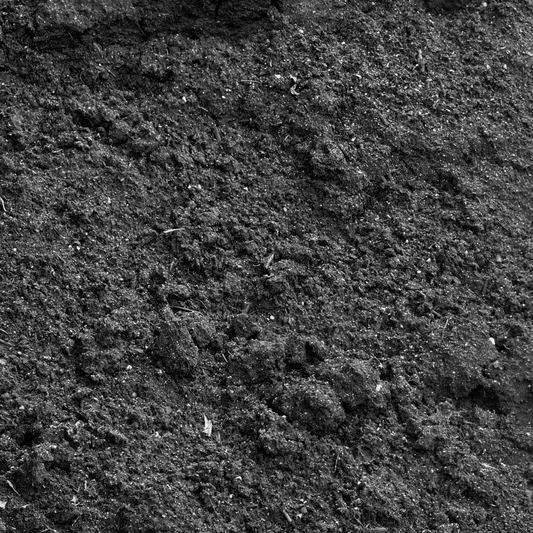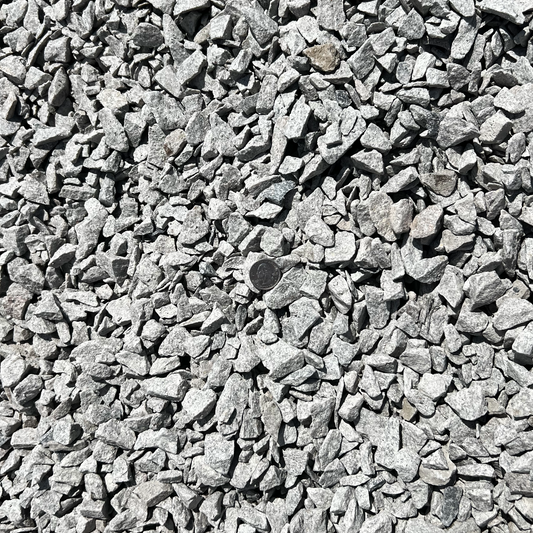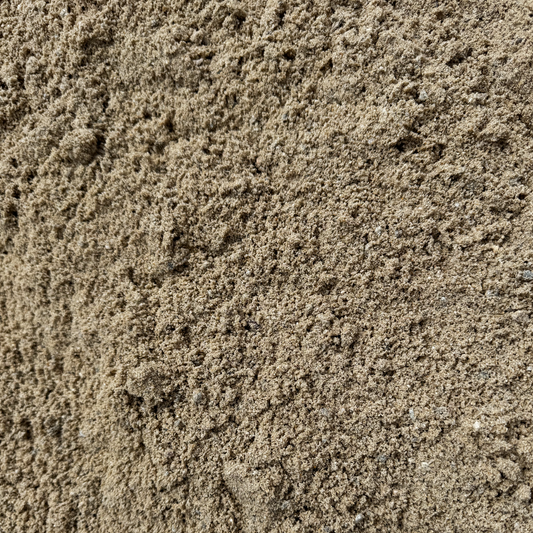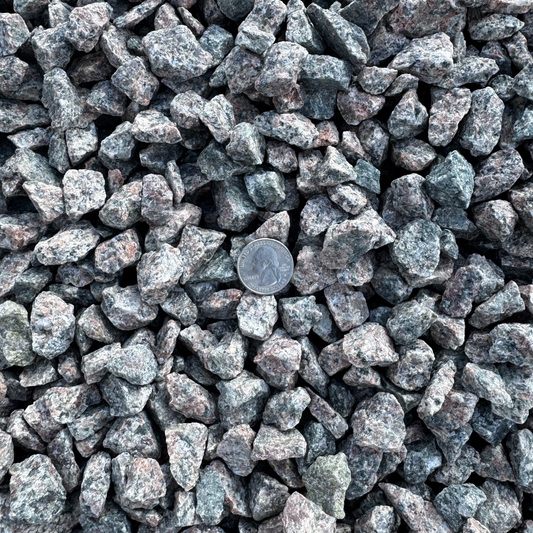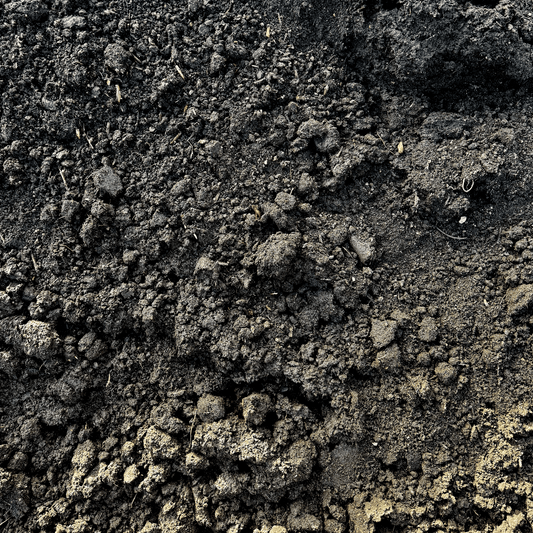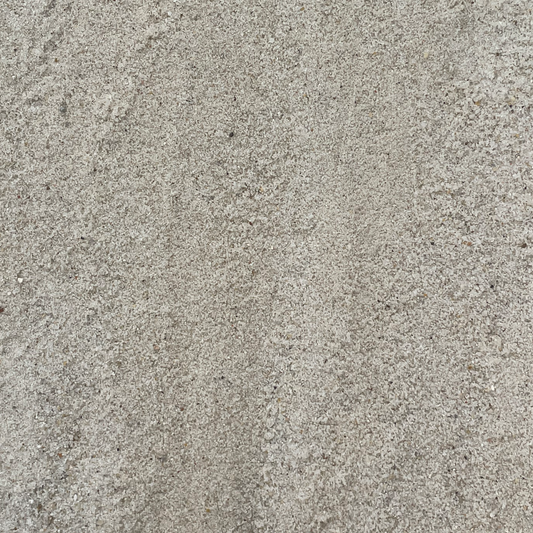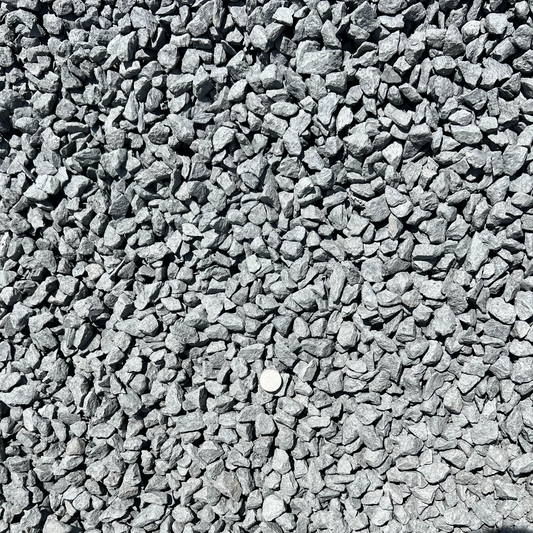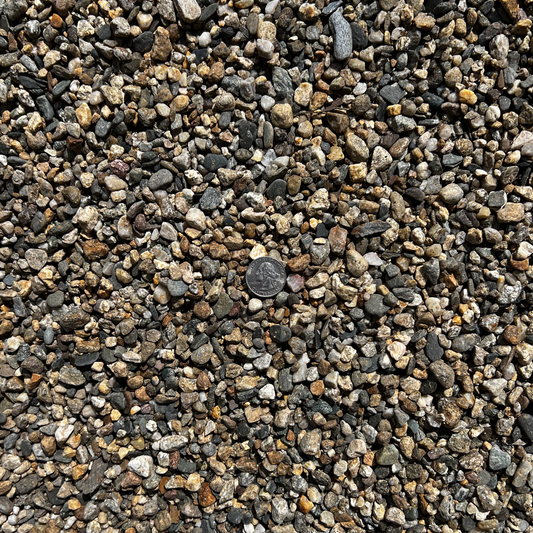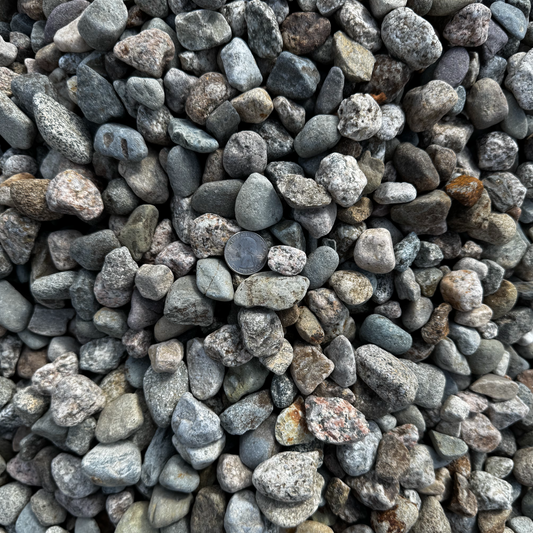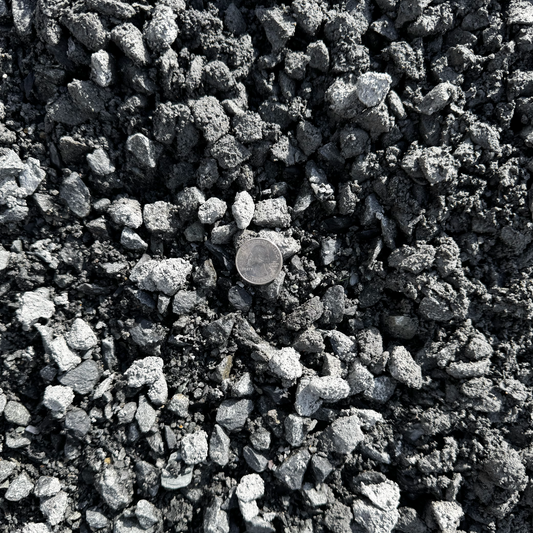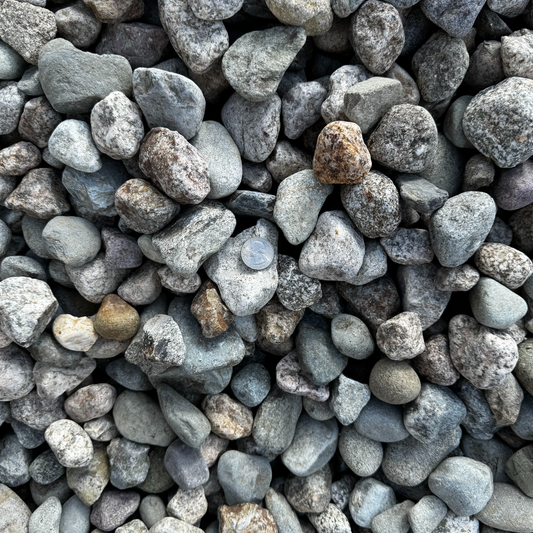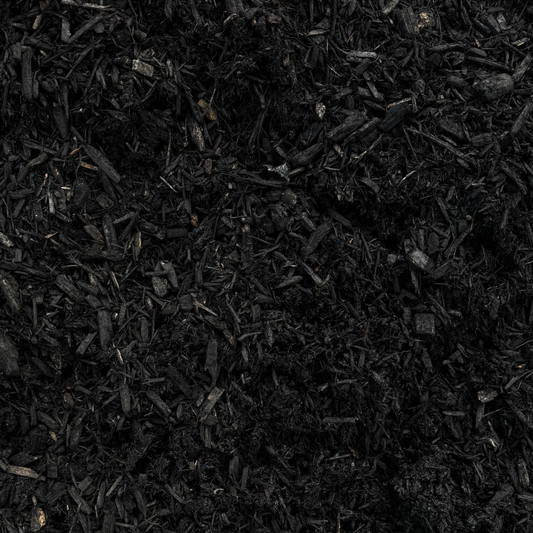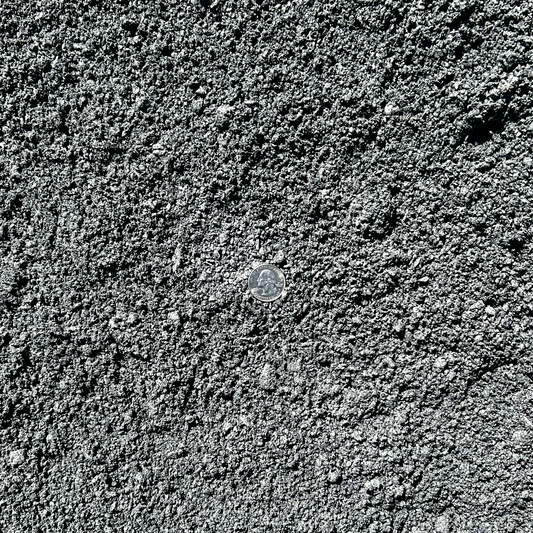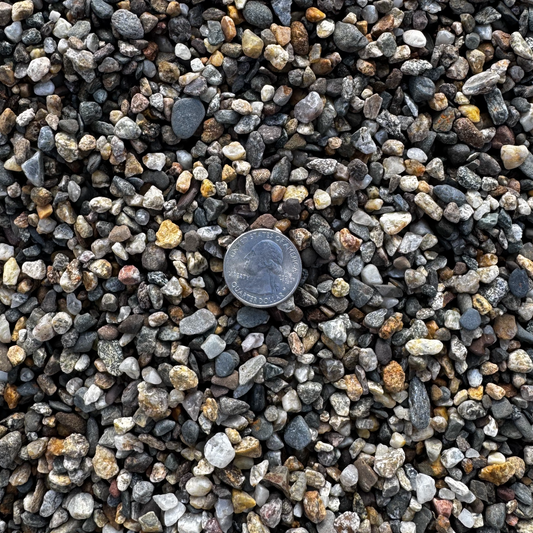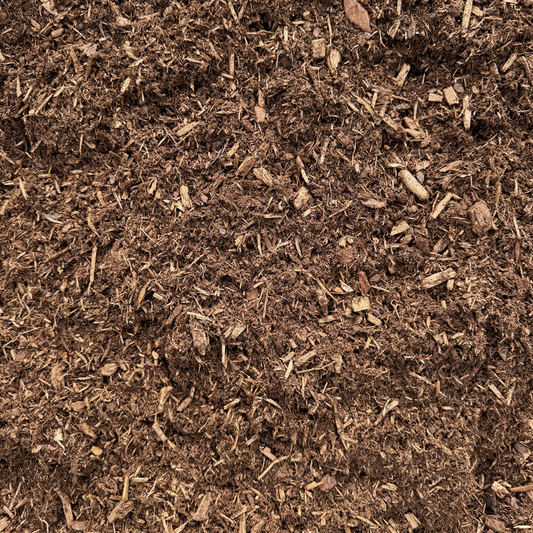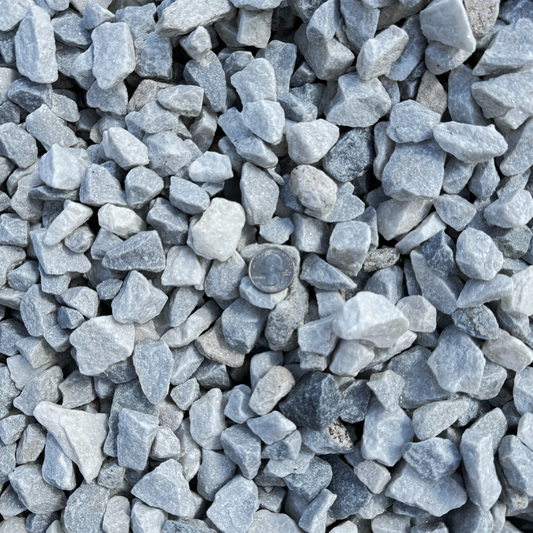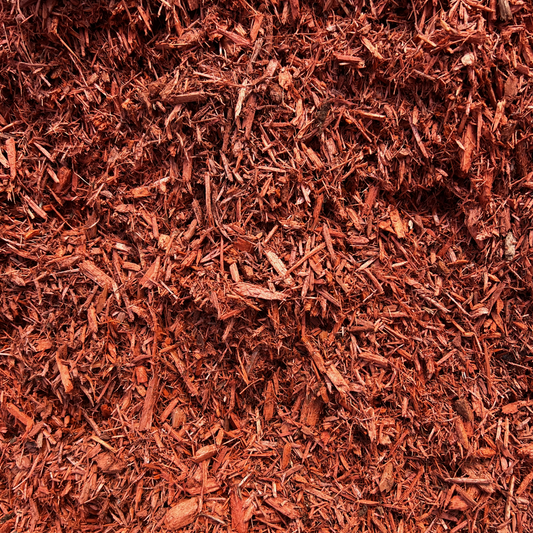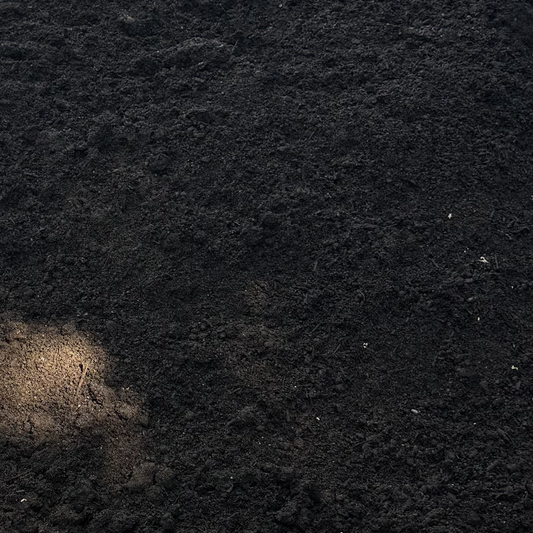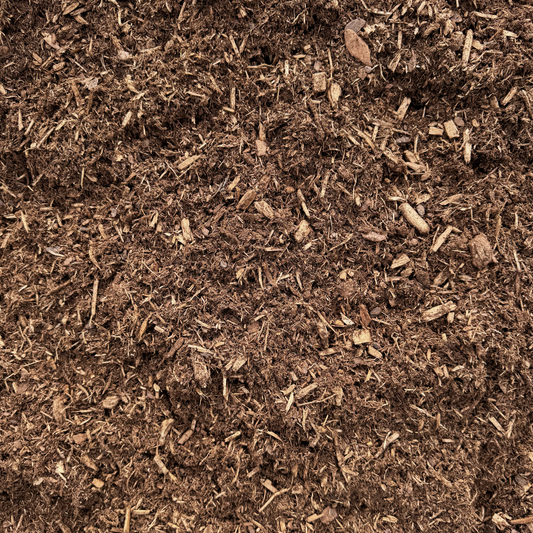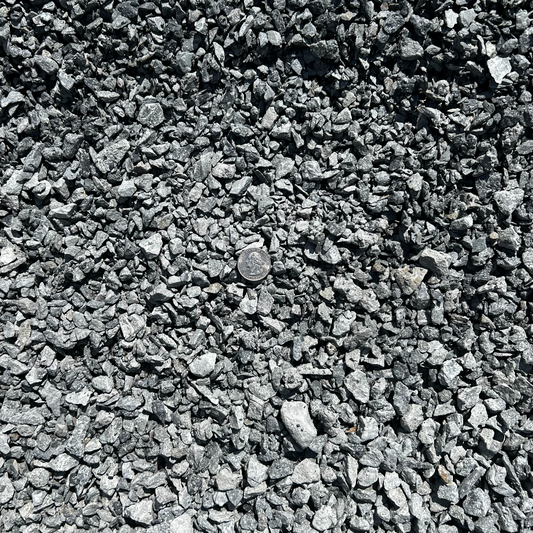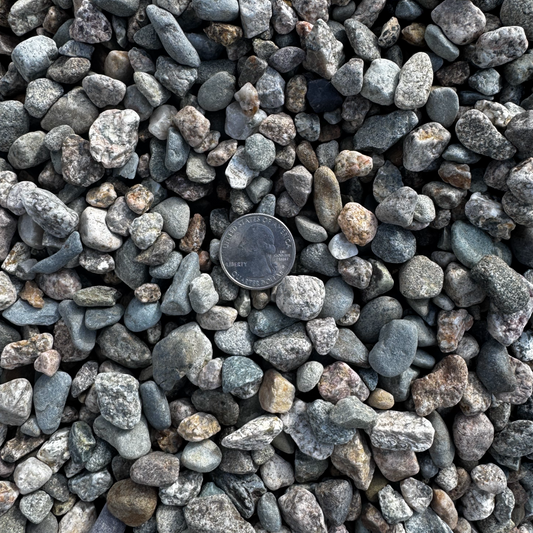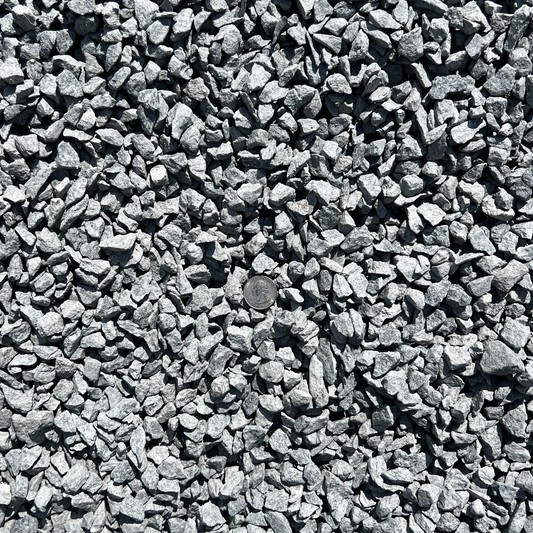Best Types of Aggregates for Foundations
The foundation of any structure sets the tone for its long-term strength and stability. One of the most critical — and often overlooked — components of a solid foundation is the aggregate material used in the concrete or backfill. Whether you're building a home, a retaining wall, or a commercial structure, choosing the right type of aggregate ensures your foundation can handle the load — and the environment around it.
Why Aggregates Matter in Foundation Construction
Aggregates provide:
-
Volume to the concrete mix
-
Stability and structural integrity
-
Resistance to cracking, shrinkage, and erosion
When combined with cement and water, aggregates improve durability and reduce the risk of voids in the mix, resulting in a dense, uniform base that can withstand time, weather, and weight.
The Role of Aggregates in Different Foundation Types
Different foundations call for different aggregate blends. Here's a breakdown of what works best and where:
Shallow Foundations (e.g., slabs, footings)
-
Best aggregate: Clean sand, crushed stone fines
-
Why: Improves compaction and drainage while filling voids
-
Tip: Avoid clay-heavy fill that holds water and can lead to settlement
Deep Foundations (e.g., piers, caissons)
-
Best aggregate: Crushed stone (¾” to 1½”), dense-graded gravel
-
Why: Offers high load-bearing strength, interlocks well for stability
-
Tip: Use well-graded stone to resist settlement under heavy vertical loads
Mat or Raft Foundations
-
Best aggregate: Blend of gravel, crushed stone, and sand
-
Why: Supports large, spread-out loads over weak soils
-
Tip: A mix balances strength with workability for complex pours
Common Aggregate Types for Foundations
1. Crushed Stone
-
High strength and durability
-
Angular shape improves interlock and compaction
-
Ideal for: Heavy structures, deep or mat foundations
2. Gravel
-
Naturally rounded, good drainage
-
Used under slabs and footings for water flow
-
Ideal for: Shallow foundations and drainage layers
3. Sand
-
Fills fine gaps, improves workability
-
Reduces air pockets in concrete
-
Ideal for: Slabs, mortars, and leveling beneath stone
4. Recycled Concrete Aggregate (RCA)
-
Eco-friendly and cost-effective
-
Suitable for non-structural or blended use
-
Ideal for: Road base, temporary workpads, sub-grade fill
Choosing the Right Aggregate: Key Factors
| Factor | Why It Matters |
|---|---|
| Size & Gradation | Affects compaction, strength, and void fill |
| Shape & Texture | Angular is stronger, round is more workable |
| Durability | Must resist freeze-thaw cycles and load stress |
| Drainage Capability | Important to avoid waterlogging under slabs |
| Cost & Availability | Local sources reduce transportation cost |
Pro Tips for Foundation Success
-
Always compact fill layers. Loose aggregates can lead to settling later.
-
Use geotextile fabric under gravel in poor soil conditions to prevent mixing with subgrade.
-
Test soil compaction and bearing capacity before pour day.
-
Don’t use topsoil or organic materials under any structural foundation.
Order Aggregates for Your Foundation with Ottr
We make it simple to get the exact type and quantity of aggregate you need for your foundation — delivered directly to your job site.
Whether you need:
-
DOT-approved crushed stone for footings
-
Gravel base for slab prep
-
Clean fill for backfill or trenching
…you can shop it all online at Ottr Mulch, Rock and Soil Delivery.
Here’s how:
-
Choose your product (e.g. crushed stone, gravel, or sand)
-
Use the built-in volume calculator
-
Select your delivery date at checkout
-
Sit back — we’ll deliver straight to site
Build on a Better Base
The right aggregate makes all the difference. Whether you're a builder, landscaper, or homeowner managing your own project, starting with the correct foundation material sets everything else up for success.

